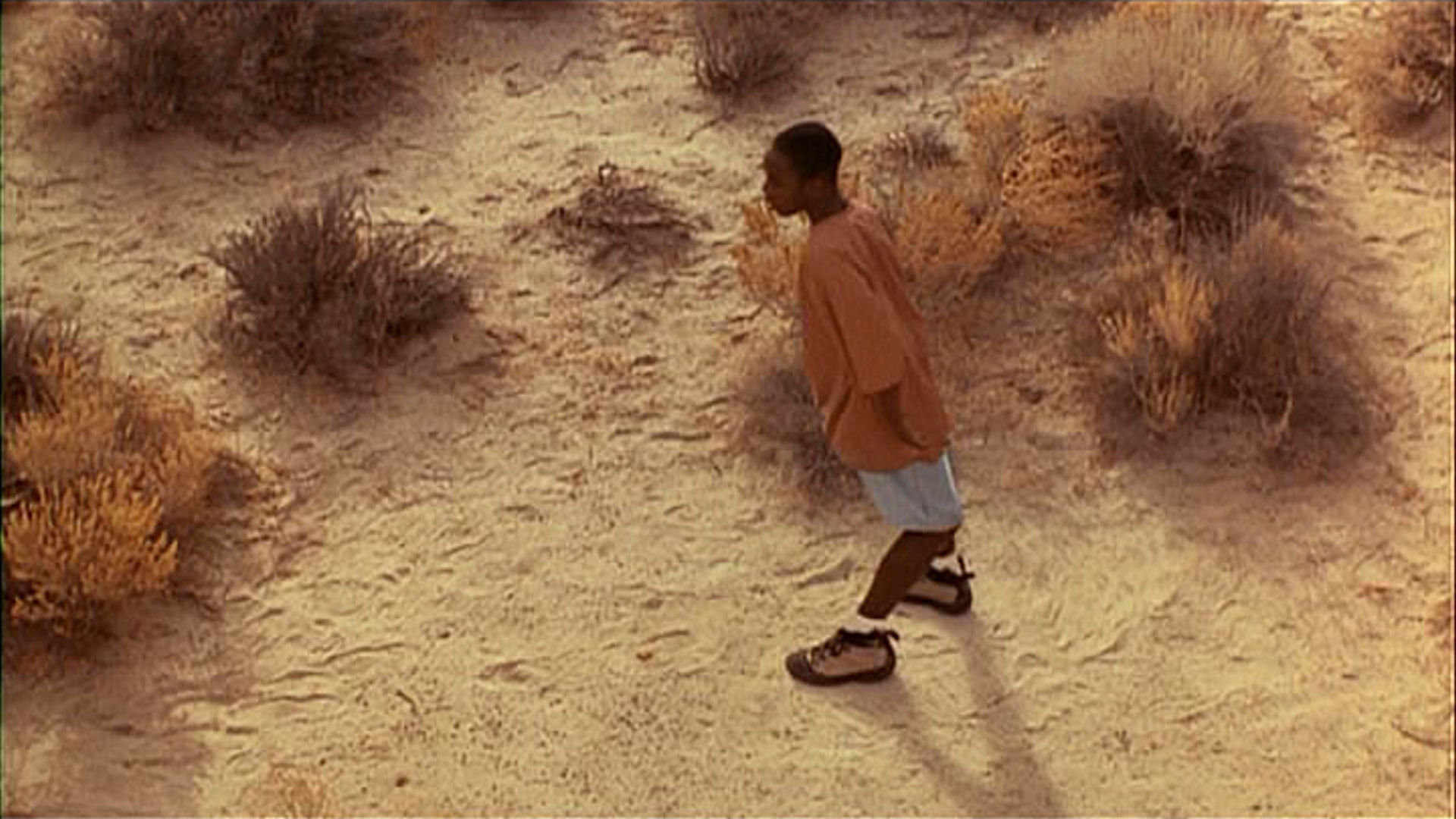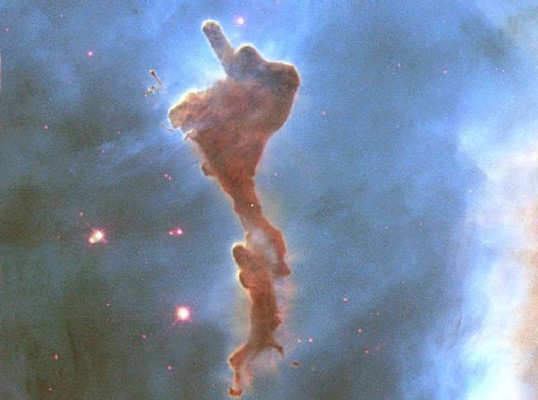 CSIRO's Australian SKA Pathfinder telescope. Credit: CSIRO
CSIRO's Australian SKA Pathfinder telescope. Credit: CSIRO Posted on 07/06/2015 8:58:49 AM PDT by Red Badger
 CSIRO's Australian SKA Pathfinder telescope. Credit: CSIRO
CSIRO's Australian SKA Pathfinder telescope. Credit: CSIRO
A wisp of cosmic radio waves, emitted before our solar system was born, shows that a new radio telescope will be able to detect galaxies other telescopes can't. The work, led by Dr James Allison of the Commonwealth Scientific and Industrial Research Organisation (CSIRO) in Australia, was announced today (6 July) at the National Astronomy Meeting in Llandudno, north Wales.
The finding was one of the first made with CSIRO's Australian Square Kilometre Array Pathfinder (ASKAP), a new radio telescope 300 kilometres inland from the Western Australian town of Geraldton.
The discovery team, which included astronomers from the University of Sydney and the Australian Research Council's Centre of Excellence for All-sky Astrophysics (CAASTRO), worked with just six of ASKAP's 36 radio dishes, a subset being used to commission the telescope.
Coming from the galaxy PKS B1740-517 in the direction of the southern constellation of Ara, the radio signal had travelled through space for five billion years before being captured.
It carries the 'imprint' of cold hydrogen gas that it passed through on its way here. Cold hydrogen gas is the raw material for forming stars and is plentiful in most galaxies. Astronomers can spot a galaxy from its hydrogen gas even when its starlight is faint or hidden by dust.
The newly found signal is small but has big implications. "This catch shows we're going to bag a big haul of galaxies," said Dr Allison.
Although tiny, the signal stood out clearly in the ASKAP data. Many radio telescopes are bedevilled by 'radio interference'—unwanted signals that clutter up the spectrum. "That makes looking for this kind of signal like hunting for a small fish in a bed of seaweed," Dr Allison said. But ASKAP's site is exceptionally 'radio quiet'. "Here we look through clear water to find the fish." ******************************************************************************************************************** 
An optical image of the radio galaxy PKS B1740-517, made with the Gemini South telescope. The galaxy is indicated by the green tick marks, which show the location of the slit used to obtain a spectrum of this object. This galaxy has a black hole at its centre: jets flowing away from that create the strong radio source detected with ASKAP. Credit: M. Whiting (CSIRO) from Gemini South data *****************************************************************************************************************************************
ASKAP also gives astronomers a very large 'net' with which to trawl for signals—a chunk of radio spectrum to search through that's 300 MHz wide. "That's more than most telescopes have, and it gives us a better chance of finding something new," Dr Allison said.
Professor Elaine Sadler, Professor of Astrophysics at the University of Sydney and Director of the ARC Centre of Excellence for All-sky Astrophysics (CAASTRO), was a member of the research team for this project. She leads a large ASKAP survey, now in the planning stage, that's aimed at detecting several hundred galaxies.
"ASKAP looks at a relatively unexplored part of the radio spectrum, 700 to 1800 megahertz," she said. "This means we'll be able to detect hydrogen gas deeper in space and, thanks to ASKAP's wide field of view, also over a much larger volume than we could before. We'll be hunting for galaxies that are five to eight billion years old, a timespan that represents a fifth of the Universe's history."
Ten billion years ago, galaxies were making stars ten times faster than they do today. By studying galaxies five to eight billion years old, astronomers hope to understand why the rate dropped.
"We want to learn how much hydrogen galaxies had in this period for forming stars," Professor Sadler said. "Until now we've had few tools for doing that."
Professor Sadler's new survey is called 'FLASH', which stands for 'the first large absorption survey in HI' (HI being cold atomic hydrogen gas). A pilot survey for FLASH will begin on ASKAP next year.
Explore further: Astronomers detect atomic hydrogen emission in galaxies at record breaking distances
Space / Astronomy Ping !..................


Ours is bigger.................

Read the book. Never saw the movie. From What I’ve read of the movie, they just used the title..............
Contact. Great movie.

If I have the right movie Charlie Sheen was in it

Thanks Red Badger.

Interesting story. Thanks.
I’m sure they’ve got themselves a good location out there, free from local radio sources. It will probably stay that way a long time.
Uh, no. 25 to 40 billion years old?
They might just be right. With this new technology, we can see what was not seen before, pushing the ‘beginning’ back even further................

“The Arrival”...could not remember the name. It came out soon after Contact and was an attempt to ride its coattails. It had B movie written all over it but was enjoyable.
Fantastic, love it!
The ‘mystery’ of Dark Matter may be solved..........................
Old Charlie was actually pretty good back then................
Disclaimer: Opinions posted on Free Republic are those of the individual posters and do not necessarily represent the opinion of Free Republic or its management. All materials posted herein are protected by copyright law and the exemption for fair use of copyrighted works.